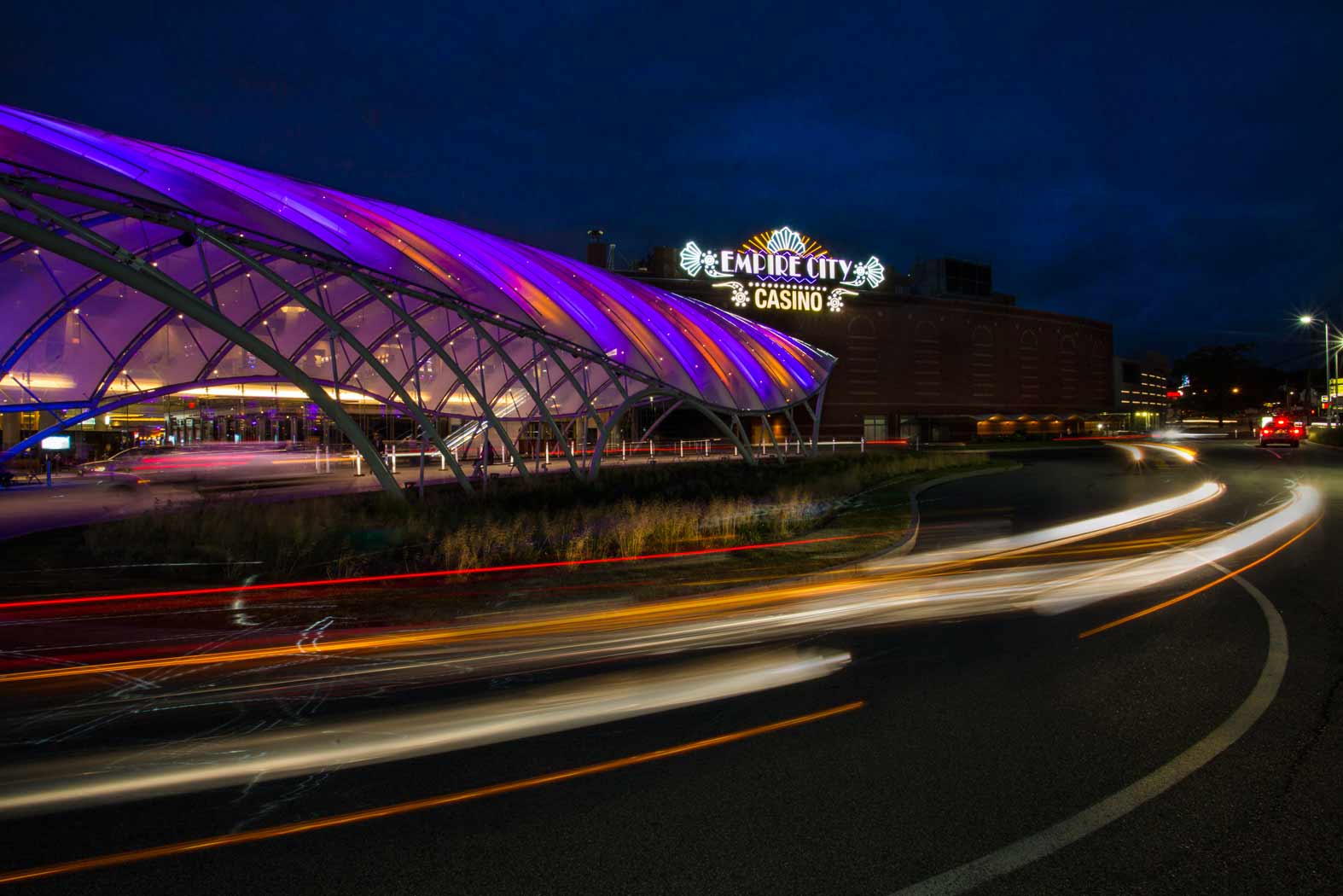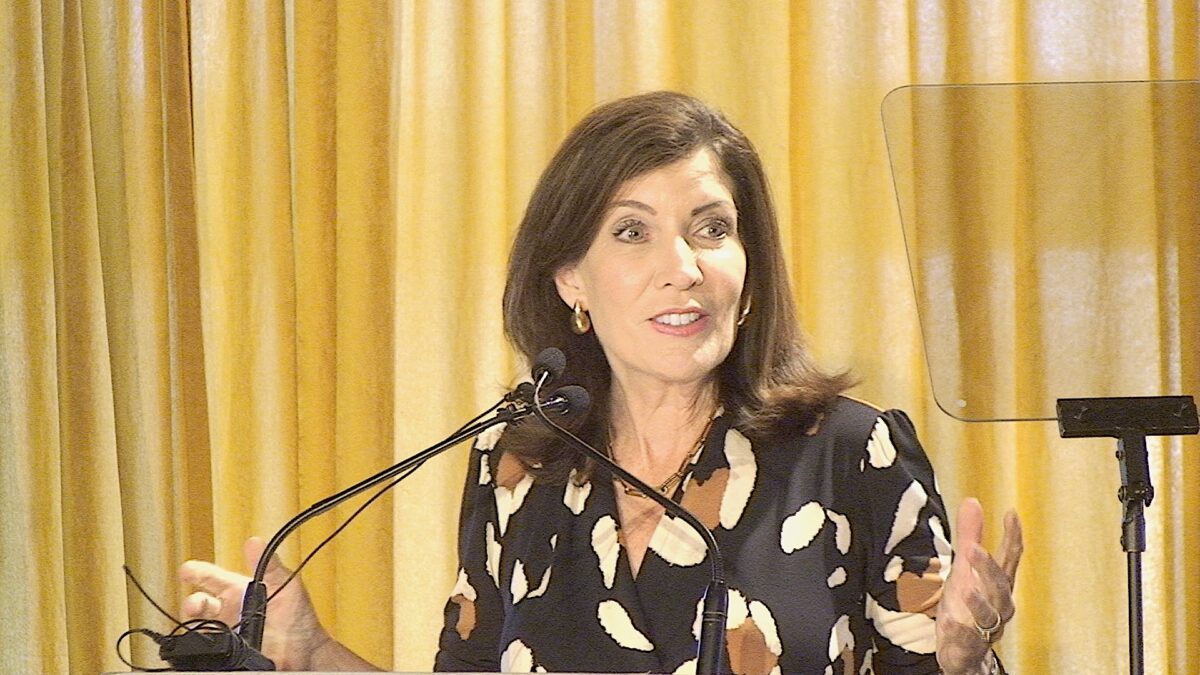
Randy Herbertson is the principal at Westport-headquartered The Visual Brand and one of the nation”™s most prominent brand developing and marketing strategists. In this edition of Suite Talk, Business Journal Senior Enterprise Editor Phil Hall joins Herbertson in a discussion of the challenges in brand creation and maintenance.
In today”™s digital world, it can be difficult to attract attention, let alone retain it. How can a brand stand out in this environment?
“The digital environment is just another kind of an environment, like a store environment or a magazine environment. To stand out, you have to understand how people use it, how much time they invest in it and understand what context you are using it in. And what kind of content is working the best.
“With the latter, we went from word-based content and obviously short word-based content a la Twitter and Google to pictures, and now to motion. It is very hard to sell something today without a visualization of what you are doing.
“In the digital environment, another big change is with mobile devices. In the old world, you had to have everything above the fold. That doesn”™t exist anymore. Even on the websites, people are used to doing this (swipe with finger), which allows you to have a bit more content as long as you visually hold a point of interest. That doesn”™t mean write a novel, but you can still break up content visually and still do it in a way that lets people read in that format.”
What is your opinion of the impact of social media influencers on brand identity?
“I would have probably told you at one point that it was a lot of puffery, but not necessarily today. We had a recent experience where we used a social media influencer in a specific way and saw an impact. We did this for Mr. Coffee. They were launching some new products and we used an influencer who turned out to be in our backyard, Eva Amurri Martino, who has the blog Happily Eva After. She is a coffee lover, which is good, and she spoke to a buying audience.
“We did a series of Kickstarter-style videos with her ”” nothing was longer than a minute. We launched this with her and, my God, it worked. During the periods when she posted her stuff, most everyone wanted to buy ”” which was supported by our end on paid social media. For a brand, saying that you have a social media feed doesn”™t do much good. The social media platforms have sophisticated algorithms that find people you are looking for.”
Those of us of a certain age might associate the Mr. Coffee brand with TV commercials starring Joe DiMaggio. Is it possible to have a single brand today that resonates with everyone, from Gen Z to the Greatest Generation?
“Lots of brands can stretch very broadly. But it gets back to what you want to do. A lot of brands only want a younger audience, but does that mean you don”™t want an older audience, too? There is obviously some destination finding there.
“The interesting thing is with social media, we don”™t really use it to get to Gen Z because they”™re not really on it. They”™re on Instagram and Snapchat and other sorts of things. Older women are on it much more. Older men not so much. Young adult men to some extent.
“What I talked about for a long time is the platforms”™ different reason for being. Facebook is a community platform ”” you can obviously buy things and it is very community-oriented. Twitter is news ”” if you can put something up on Twitter that has a relevance of context and is trending with hashtag-something, then you are going to do well. LinkedIn is a great place to go for a professional audience, particularly B2B things. And Pinterest also works for certain kinds of brands ”” not for everything. For the Mr. Coffee campaign, we utilized Pinterest and we got great engagement and watch times on our videos.
“And Mr. Coffee is a perfect example of appealing across the age spectrum.”
What happens when brands get attention they didn”™t necessarily want? For example, when Rep. Steve Cohen (D-TN) ate from a bucket of KFC as a means of criticizing Attorney General William Barr”™s refusal to attend a congressional hearing?
“I would say that no PR is bad PR, but those one-off things are pretty good. And companies spend money to get those kinds of exposure points.
“As a perfect example, to use our president, Twitter is not his platform but he is closely identified with it, and I am certain it was not the founders”™ intention. However, in the same sense, it has created a new relevancy as a core part of conversation in a brand new way, so there is a flip side to everything.
“As a brand strategist, you have to look at that. What did I get out of it? Am I getting exposure? Check. Am I advancing what I really want to be, which is a platform for conversation? Check. Am I associating with someone that we”™d want to hire as a spokesperson? Maybe not. But as long as the other two things are there and there is no long-term damage to my brand, that is OK.”





















